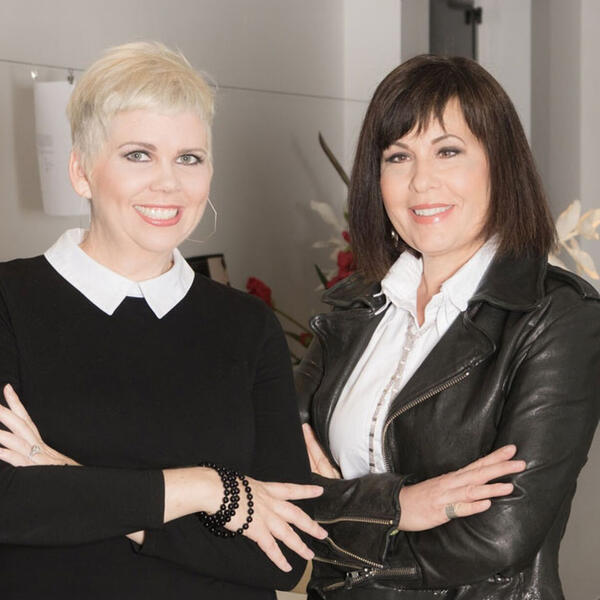
By
If you could create the Guide, what would be in it? What would be important elements to be included?
Clothes are the most representative element of individual style and personality we have. What you wear is who you are. If apparel designers have the freedom to create for you exactly who you want to be, then we’d have a much more amazing, creative world.
Technology is allowing us to bring a lot more beauty back into the world. It is revolutionizing the fashion world and allowing us to go into this wonderful place where clothing can be 100 percent customized, designer to consumer. We want this to happen affordably, economically and more sustainably in the future.
The Guide we want can help rapidly scale that up.
The future is now, and it is a petri dish. Creatives have managed to innovate around the noise and drudgery of the human condition and lay the foundation for this future. This agar is ready to be inoculated and will go viral when we finally create an unobstructed path to true imagination for everyone.
The emerging design community is seeing a renaissance due to technology disrupting the retail industry. Marketing and sales technology like Ecommerce websites for more than a decade have specialized in unique or cottage-industry products and build-your-own-website templates. The result has been a world of consumers at an emerging designer’s fingertips and an endless choice of unique and authentic products made locally, responsibly and sustainably.
Three-dimensional avatar technology already exists to assist in the creation of unique, made-to-order clothing. You can create that avatar of yourself, like a virtual body form or mannequin, just by adding your measurements to the template. In the pipeline are technologies that scan your body. Others can take a video of your body and work from that to create your perfect avatar. The result is a perfect fit, every time.
We are working toward a future in which this technology gets into the hands of small designers in an open-source format. The existing software is out there, and with the right funding from state governments, individual donors – and even a federal government interested in reshoring jobs – the future of fashion becomes more ethical, sustainable, and unique. Imagine all the First World countries where 92 percent of manufacturing went overseas in the ‘90s in a four trillion-dollar global industry. The return on investment is not small potatoes.
Build an automated factory that can be put in a semi-trailer and the old-fashioned atelier – the designer workshop – comes back into vogue. You meet the designer and pick out your fabrics and trims, you get scanned, and you could have something that perfectly fits you. Combine today’s existing manufacturing technology in that factory in the trailer that can produce garments for thousands of designers. We dream that technology – like all other smart ones – will rapidly improve while also dropping precipitously in price, creating the garments in a quarter of the time.
The steps for achieving this are broken down into four parts: The initial custom design piece, the prototype piece, the development piece, and then there’s manufacturing. This can all happen in or near the comfort of the designer’s workshop.
We would need fewer clothes, they’d fit us better, and they would be of a design the customer truly wants. Most importantly, this method would not lock a consumer into products from big companies who produce low-quality clothing with a short lifespan. Forty percent of all clothing that’s ordered online gets returned because it doesn’t fit right, and 84 percent of unwanted clothes ends up in a landfill. We are actively working to end that.
We would no longer shop at places where fast fashion is created through unfair working conditions and child labor. Workers would be freed up socially to be able to help and support each other from a community aspect. Wouldn’t it be a better world if we actually had the time to be able to take care of each other because we weren’t enslaved into these menial paths that nobody values?
Sustainability and ethics are key.
It’s designing that future: a designer with a customer working one on one, from anywhere in the world – unfathomable to most people right now – that we want to see in The Guide.
About Angela Johnson and Sherri Barry
Angela Johnson and Sherri Barry are co-founders of F.A.B.R.I.C. – Fashion And Business Resource Innovation Center – a business incubator, production facility and education resource for Arizona’s burgeoning fashion industry.